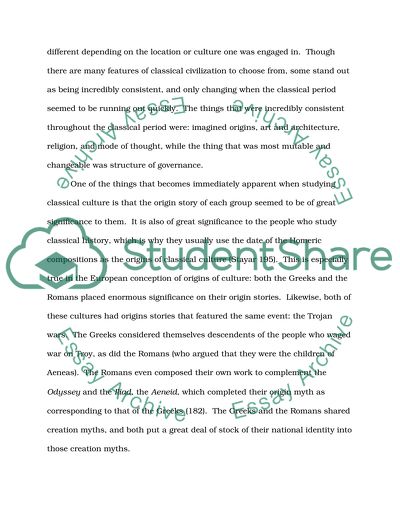Cite this document
(“Culture, Power, Religion Essay Example | Topics and Well Written Essays - 1500 words”, n.d.)
Culture, Power, Religion Essay Example | Topics and Well Written Essays - 1500 words. Retrieved from https://studentshare.org/history/1453437-what-do-you-consider-to-be-the-most-significant
Culture, Power, Religion Essay Example | Topics and Well Written Essays - 1500 words. Retrieved from https://studentshare.org/history/1453437-what-do-you-consider-to-be-the-most-significant
(Culture, Power, Religion Essay Example | Topics and Well Written Essays - 1500 Words)
Culture, Power, Religion Essay Example | Topics and Well Written Essays - 1500 Words. https://studentshare.org/history/1453437-what-do-you-consider-to-be-the-most-significant.
Culture, Power, Religion Essay Example | Topics and Well Written Essays - 1500 Words. https://studentshare.org/history/1453437-what-do-you-consider-to-be-the-most-significant.
“Culture, Power, Religion Essay Example | Topics and Well Written Essays - 1500 Words”, n.d. https://studentshare.org/history/1453437-what-do-you-consider-to-be-the-most-significant.


